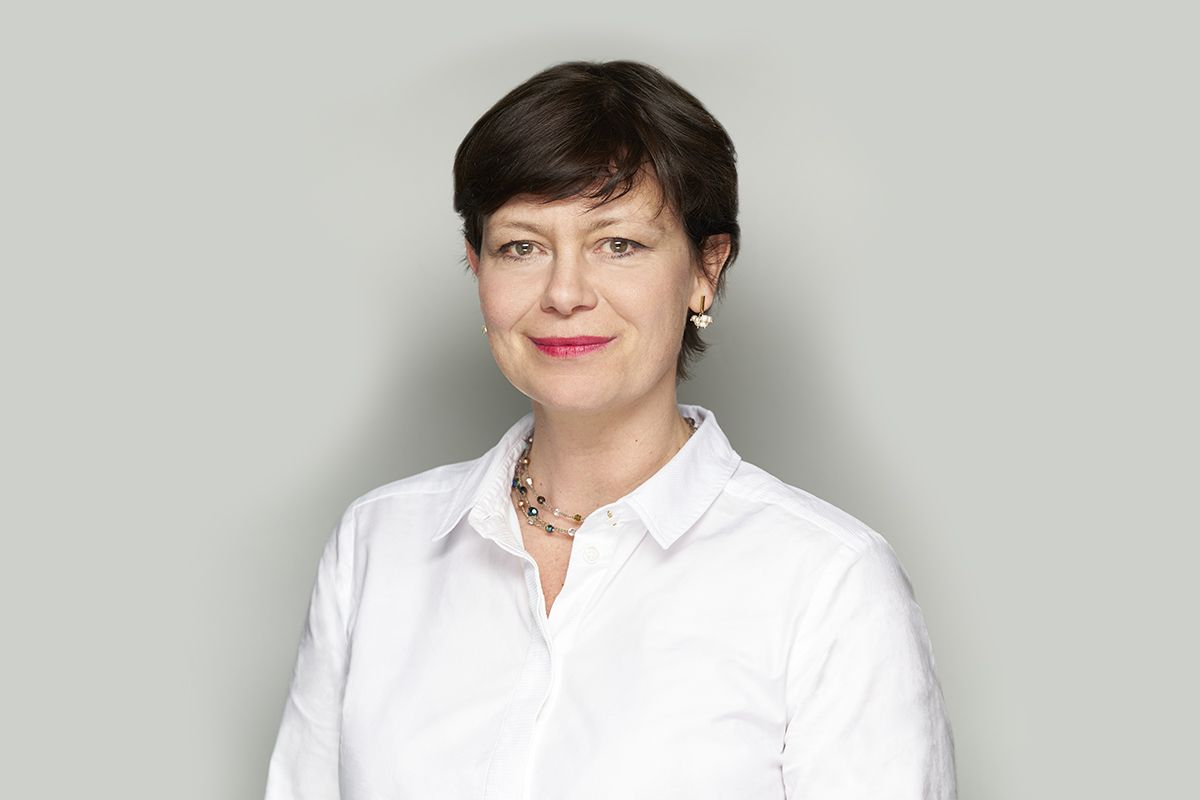Hedge funds versus Private Equity: same “super profits”?
Written by
Valuing business interests in the context of divorce proceedings can be notoriously tricky and a spouse's stake in a hedge fund is no exception.
Hedge funds operate on what is called a 2 and 20 principle namely that the managers will be paid a management fee of between one and two per cent of the sums invested. In addition, the hedge fund manager will receive a performance fee (usually around 20 per cent on any profit). Partners in private equity firms are also paid to manage a “fund” which is a pool of investments for which they will be paid a management fee and if, on the realisation of those assets, they achieve a return of more than 8% or whatever has been agreed, the partners will be paid “Carried Interest”, which is in effect a “super profit” reflective of the success of the fund.
Most hedge fund and private equity managers invest in their own funds on the basis that “skin in the game” conveys confidence to external investors. In private equity, this is referred to as “Co-Invest”.
In divorce cases involving a hedge fund manager, you need therefore to consider:
- The value of any investment that a spouse has made into the fund itself;
- The intrinsic value of their stake in the hedge fund business; and
- The income they receive from the fund, deriving as explained above from management and performance fees all of which are usually paid out through a LLP vehicle. The structure is comparable to that of an equity partner in a law firm – drawings are made monthly (on the basis of anticipated profits) and then, depending on the firm’s profitability at year end a large “top up” payment reflecting the partner’s share in the profits is made once the accounts for the LLP in the relevant year have been finalised. In a successful hedge fund these payments can run into millions. Due to the LLP structure the profits have to be distributed each year.
But how are each of these potential pots of value treated by the divorce courts? Taking each in turn:
- In a straightforward 50/50 case, the non-fund manager spouse would have a prima facie claim to 50% of the value of any family investment in the fund (albeit if they can be adequately compensated from assets outside the fund and a withdrawal of the fund manager’s investment can be avoided, that may be preferable);
- The question of whether a spouse’s stake in the hedge fund business itself has any intrinsic value over and above its net assets in which the other spouse can expect to share has been the topic of heated debate, particularly where there are “key man” provisions at play. Placing a reliable value on such an interest presents a further challenge (see further below).
- If and to the extent that, following a division of the available capital, one spouse is not able to meet their income needs going forward, they would have a claim for spousal maintenance. However, there is no entitlement to share post-separation income.
We acted for the wife in the case reported as CG v DL [2023] EWFC 82 . The husband was the founder and 62.5% owner of a hedge fund set up during the marriage. Two experts sought to value the hedge fund business. They both agreed that it was unlikely any third party would be willing to purchase the business at the date of the trial due to the prevailing economic climate and that it was difficult to ascribe any value to it – although it was clear that it was very valuable to the husband given the high levels of income it had generated previously. The husband argued that there was no value and that any profits he received after the marriage should be considered purely “income” to which, post the Court of Appeal decision in the case of Waggott, the wife was not entitled.
Compare this argument to the potential outcomes in private equity cases pursuant to A v M [2021] EWFC 89 in which it was determined that the non-owning spouse was entitled to share in the Co-Invest contributed during the marriage as well as the marital element of Carried Interest (i.e. the proportion which was generated from work undertaken during the period from the date of the marriage to the date of trial, calculated on a straight-line basis).. The Carry is paid out regardless of how many years after the marriage the monies arrive and, as most fund managers will explain, the work to realise Carried Interest cannot be determined on a straight-line basis. In our case, although it was agreed that the non-fund manager spouse was entitled to 50% of the investment in the hedge fund (comparable to the idea of “Co-Invest”), the case law was unclear with respect to providing for any entitlement to post marriage income from the hedge fund even though an element of the profits from a hedge fund are arguably comparable to Carry.
Our client sought to challenge that inequity and was successful.
It was determined that future value (generated in the form of remuneration by way of a profit share distribution) was in part the product of marital endeavour and it would therefore be unfair for the husband solely to retain it without any compensation for the wife. As it was impossible to ascribe a reliable value to the husband’s interest, the judge decided that the wife should share in the husband’s future profits to the tune of 17.5% (as well as any capital realisation received by him) for a further 4 years. This was not deemed to be a sharing of post-separation income but rather a mechanism for the wife to receive her fair share of the value in the husband’s interest in the hedge fund created during the marriage.
This article first appeared in the TL4 HNW Divorce Magazine, Issue 19, Year In Review – Love, Loss and Litigation. Download a copy of the full magazine from their Knowledge Hub.


